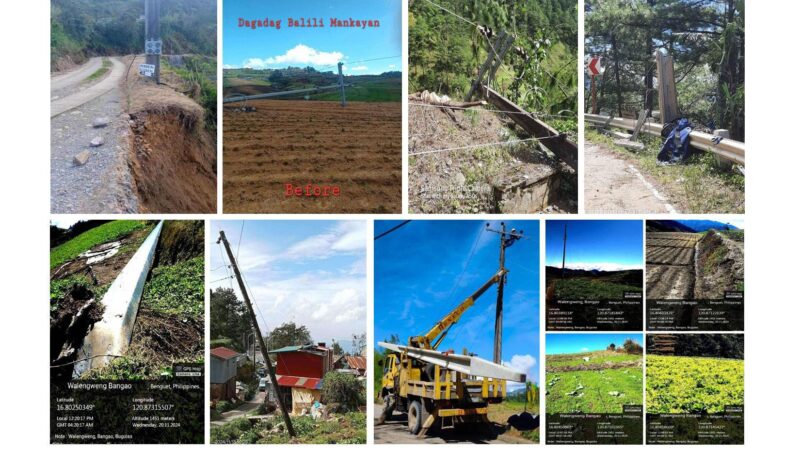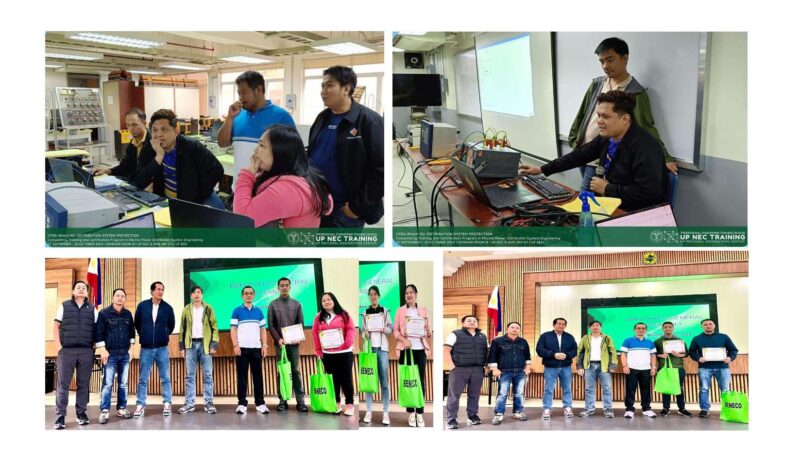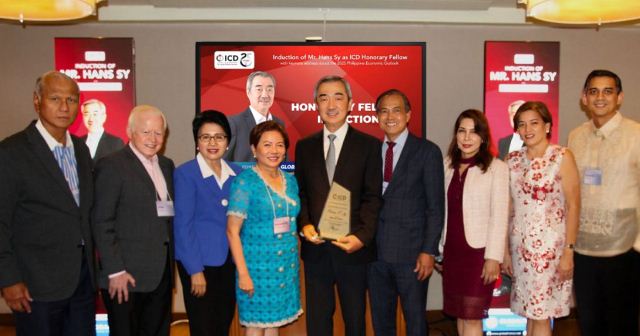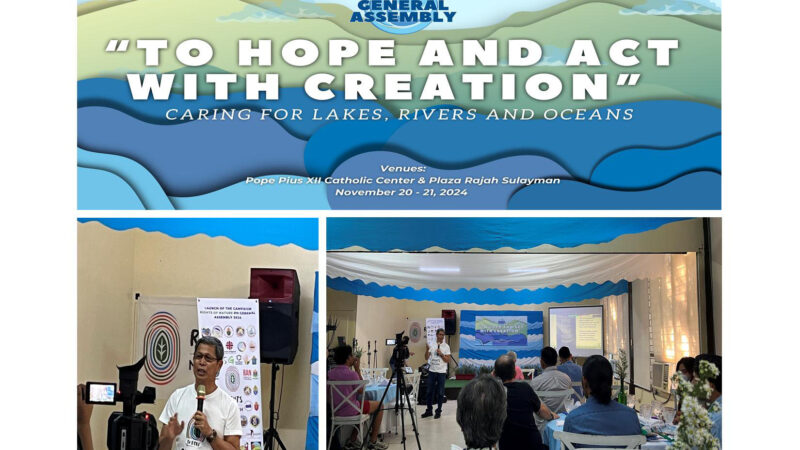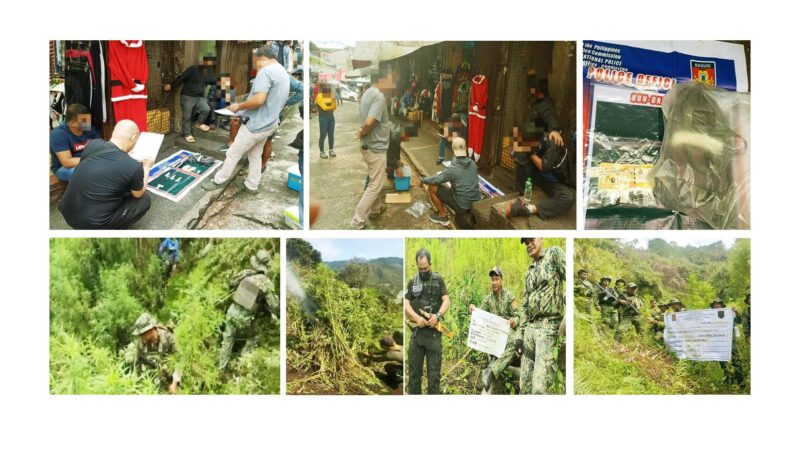Warning Out on Lead-Containing Anton Spray Paints
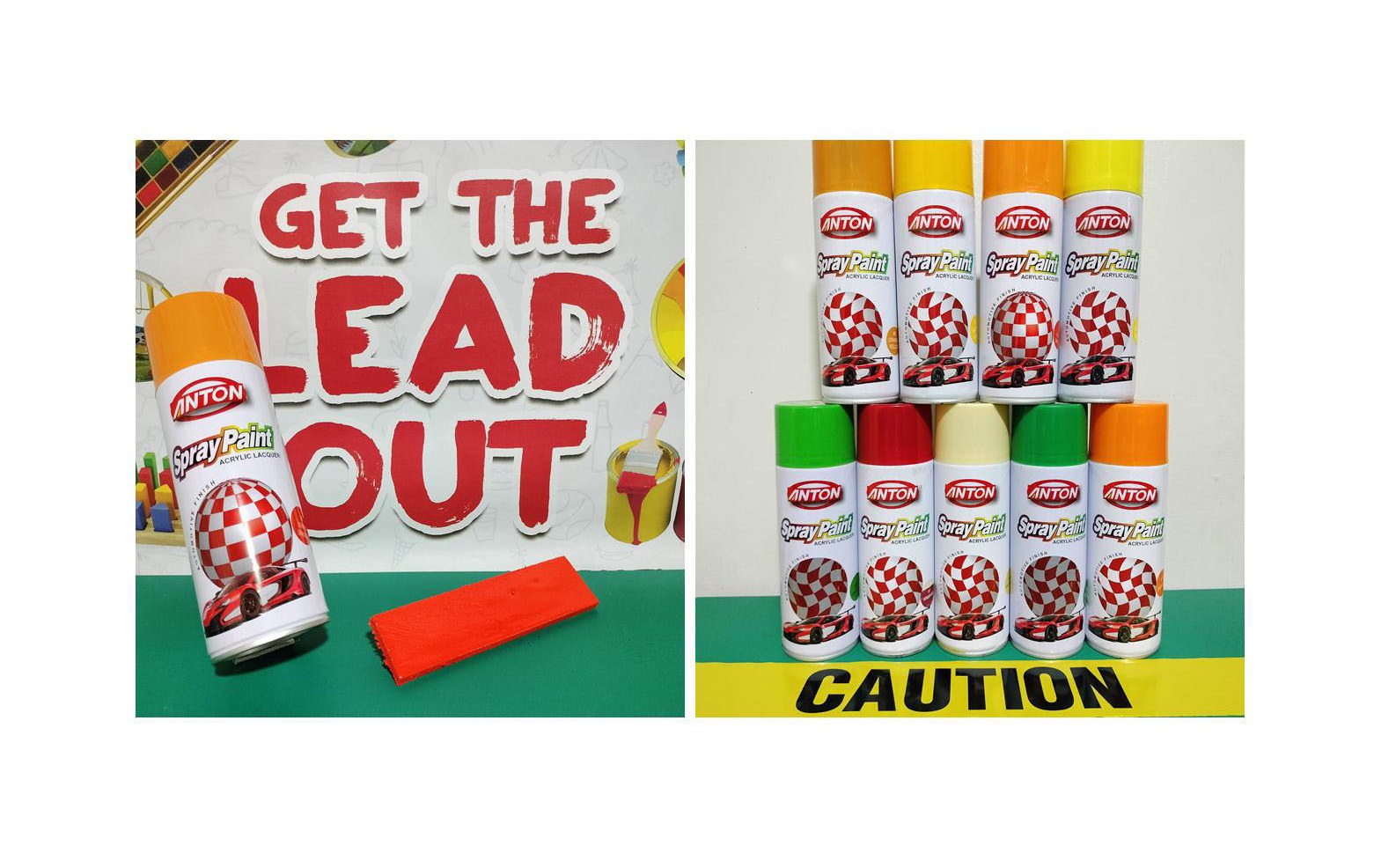
24 August 2024, Quezon City. The toxics watchdog group EcoWaste Coalition again reminded consumers to shun non-compliant Anton Spray Paints from China for containing lead, a potent neurotoxin, way above the 90 parts per million (ppm) regulatory limit.
The group reiterated its advice after detecting 1,525 ppm of lead in a Dongfeng orange-red Anton Spray Paint that it procured last August 17 for P100 from a general merchandise store in Quezon City. The group used an X-Ray Fluorescence (XRF) analyzer to measure the product’s lead content.
As stamped on the bottom of the aerosol can, the product was manufactured in 2021, or after the completion of the phase-out schedule for lead-containing paints as stipulated in DENR A.O. 2013-24, or the Chemical Control Order (CCO) for lead and its compounds.
The CCO, which was promulgated in 2013 with inputs from the EcoWaste Coalition, provided for a three-year phase-out period (2013-2016) for lead-containing decorative paints and a longer six-year phase-out period (2013-2019) for lead-containing industrial paints.
The group’s latest discovery raises to nine the number of lead-containing Anton Spray Paints discovered by the group as a result of its vigilant campaign to get the national lead paint ban effectively enforced.
Previous laboratory tests commissioned by the group detected varying levels of lead ranging from 1,320 ppm to 57,100 ppm lead on eight colors of Anton Spray Paints.
As per laboratory test results, the following Anton Spray Paints contain violative levels of lead: medium yellow (57,100 ppm), grass green (53,400 ppm), canary yellow (37,500 ppm), Gongcheng orange-red (33,100 ppm), refrigerator green (31,400 ppm), orange-yellow (25,400 ppm), Honda red (5,895 ppm), and grain yellow (1,320 ppm).
The continued importation, distribution, and sale of lead-containing paints in the local market motivated the group to campaign for stricter global rules to control the trade of lead chromates (the most common pigments used in lead paint) and the paint products containing them.
Together with the International Pollutants Elimination Network (IPEN) and other environmental health groups in Africa and Asia, the group is pushing for the listing of lead chromates as hazardous chemicals subject to the Rotterdam Convention’s Prior Informed Consent (PIC) Procedure. If listed, companies exporting lead chromates or paints containing them may not ship these commodities to a country that has not consented to receiving them.
The Philippines and other state parties to the said convention can use the PIC Procedure to restrict or prevent the entry of lead chromates and paints that contain them into their territories.
The EcoWaste Coalition is coordinating with the DENR’s Environmental Management Bureau for the listing of lead chromates in the Rotterdam Convention, a strategic move that is also supported by the Philippine Paint & Coatings Association, Inc. (PPCAI). (PR)
Reference:
https://chemical.emb.gov.ph/wp-content/uploads/2017/03/DAO-2013-24-CCO-Lead.pdf
https://ipen.org/site/listing-lead-chromates-under-rotterdam-convention


